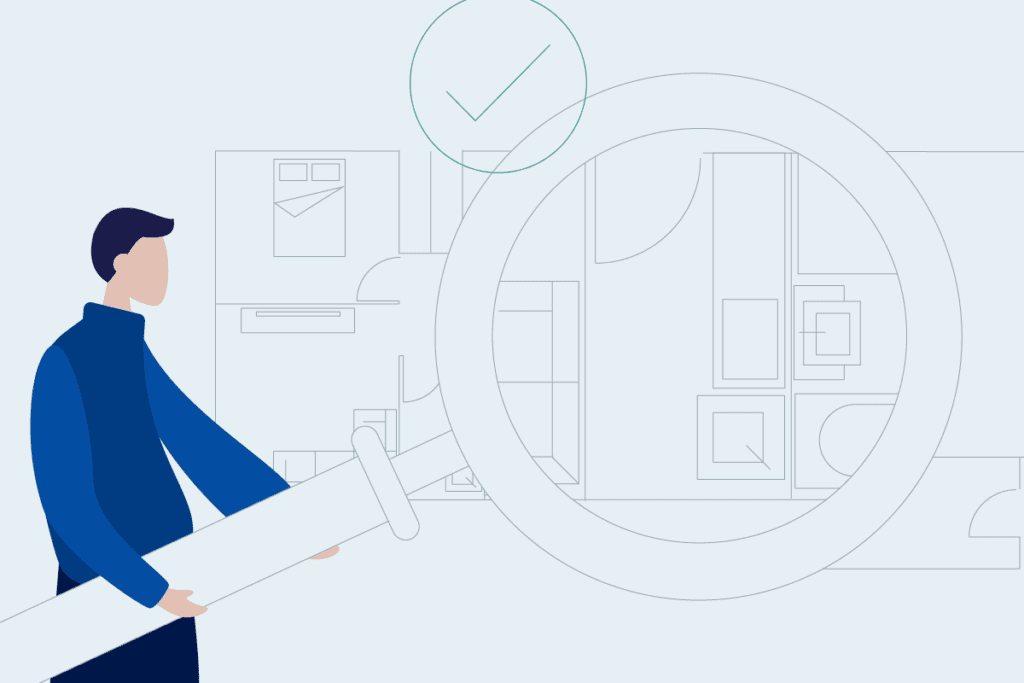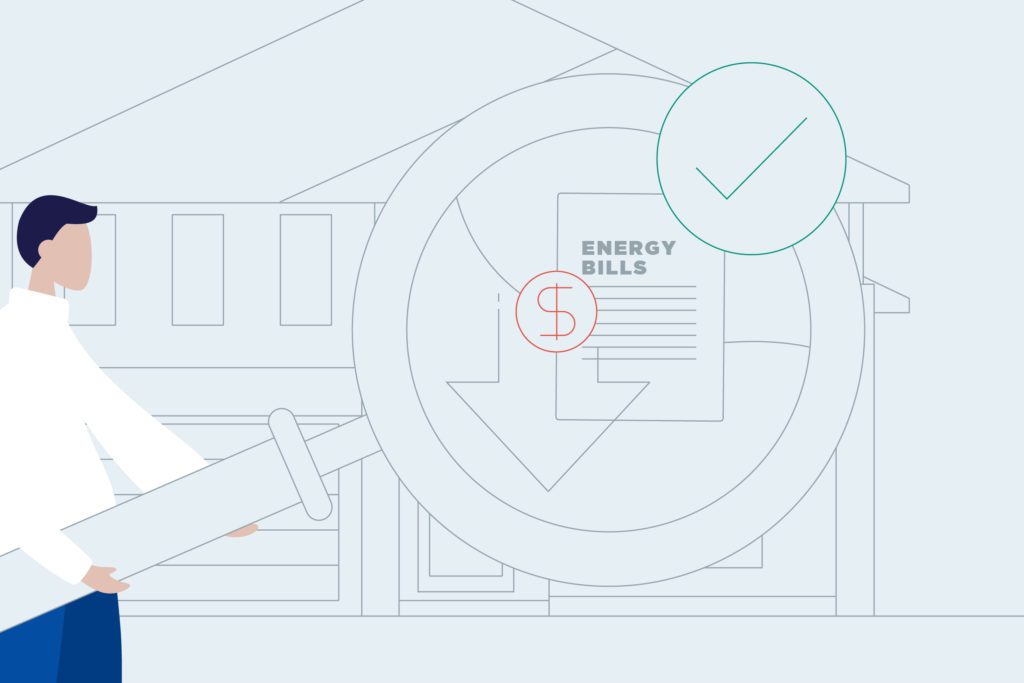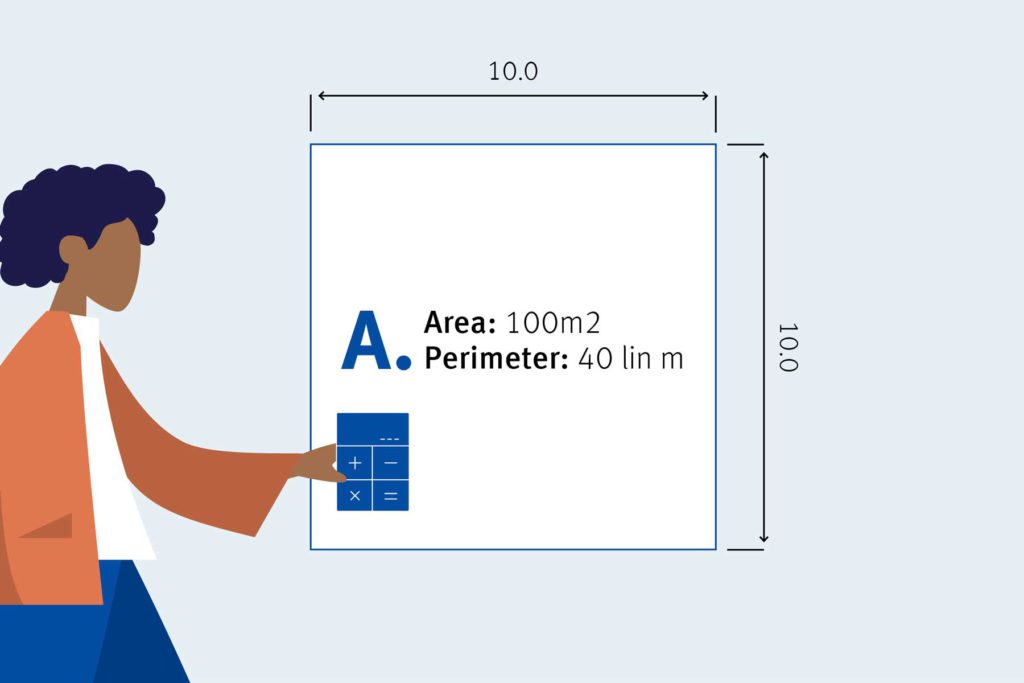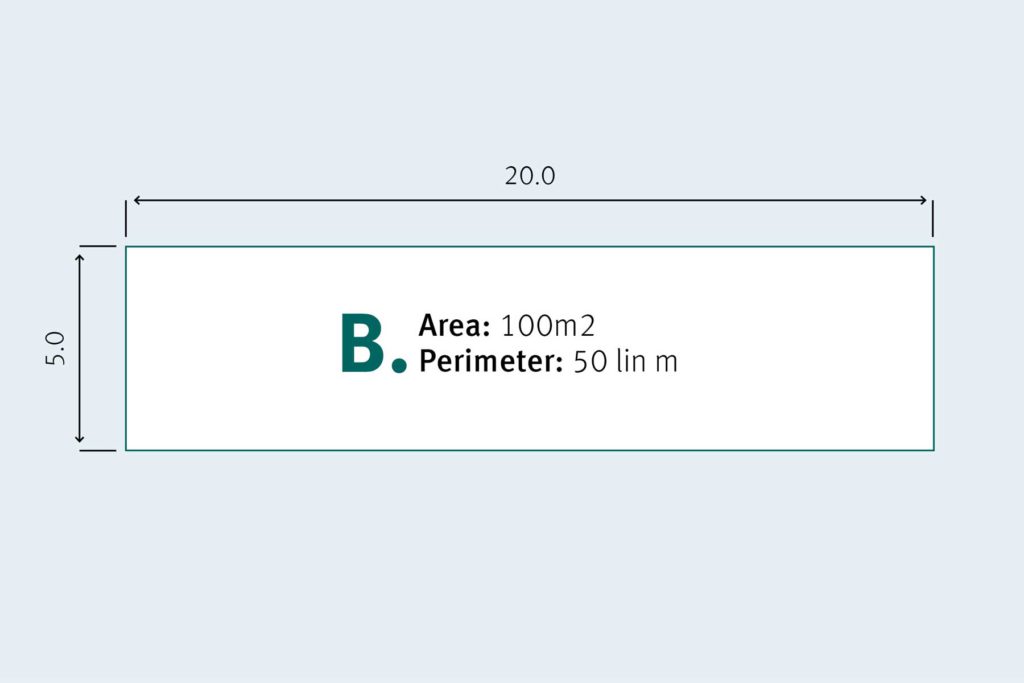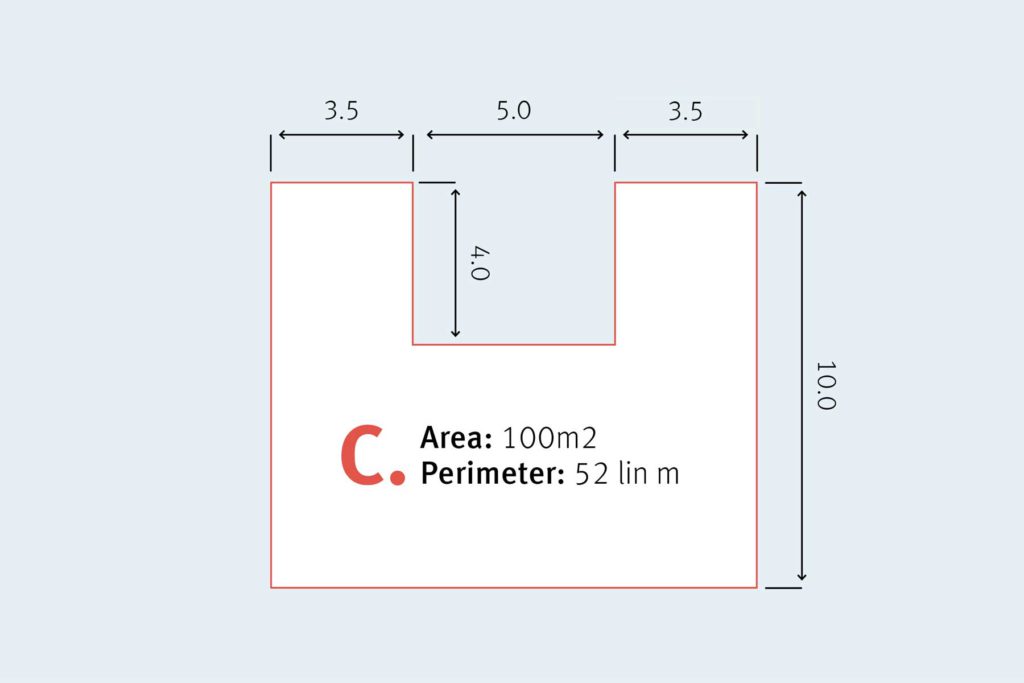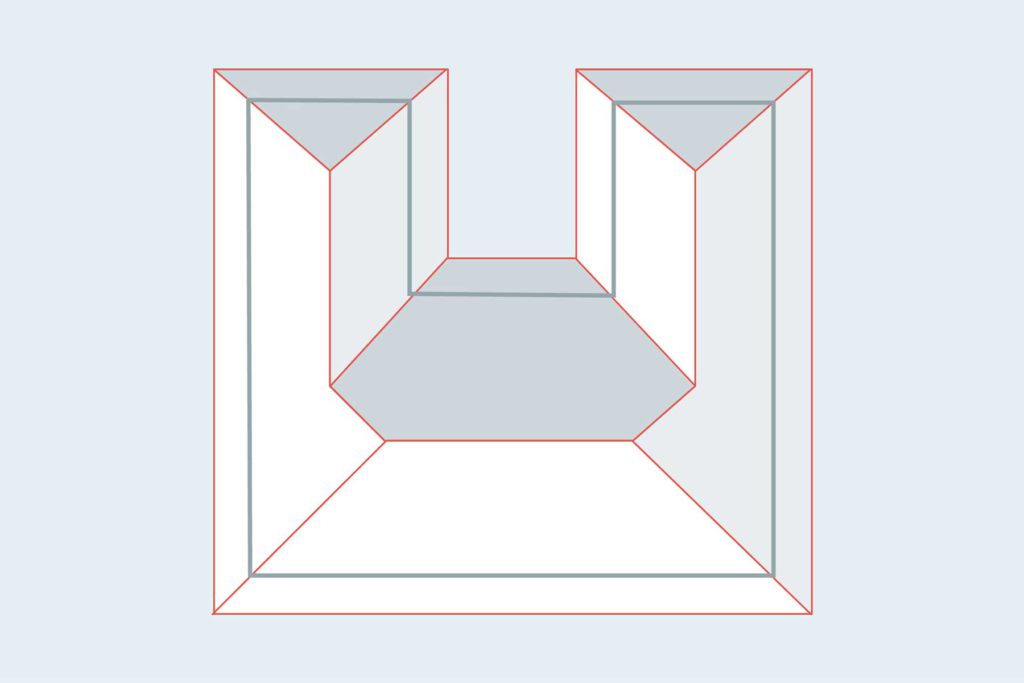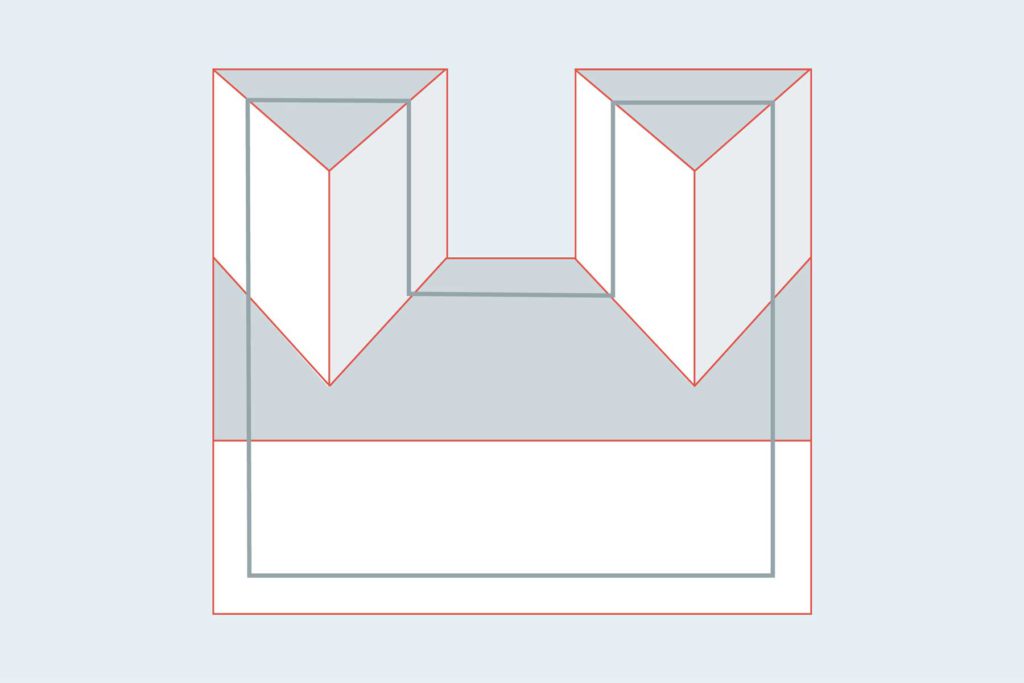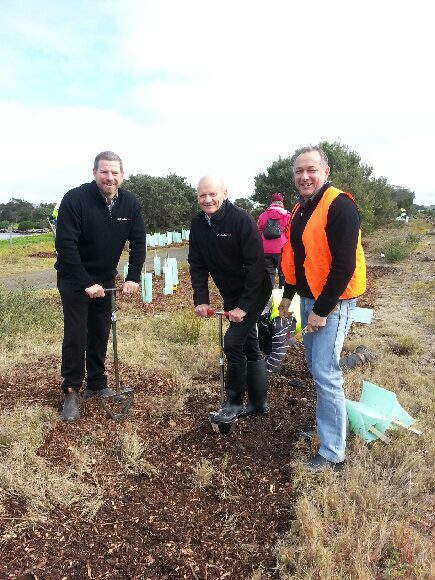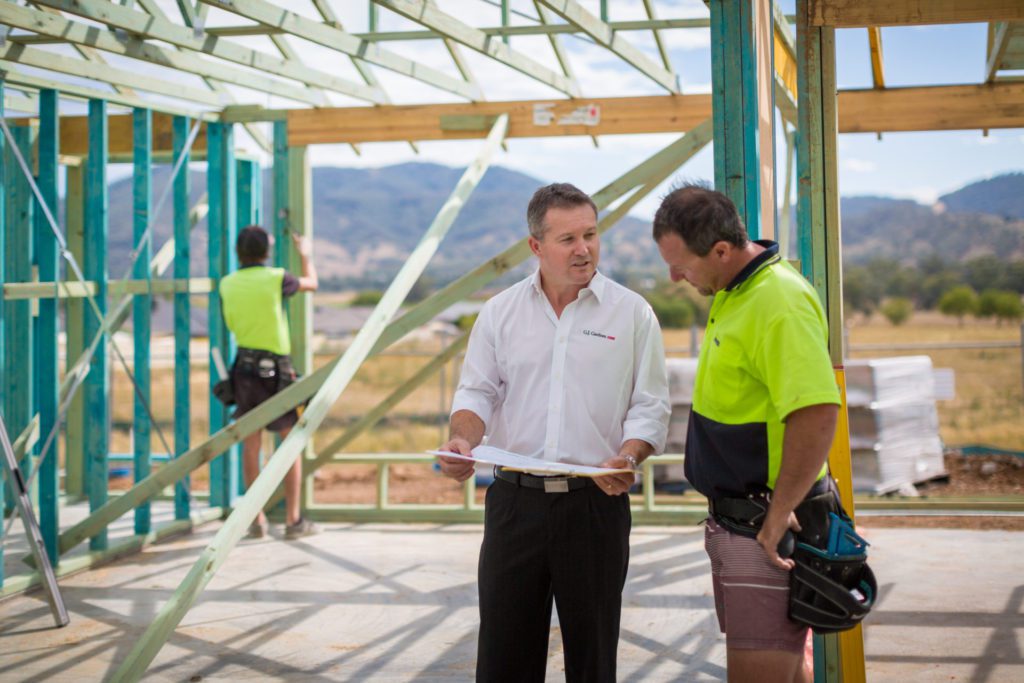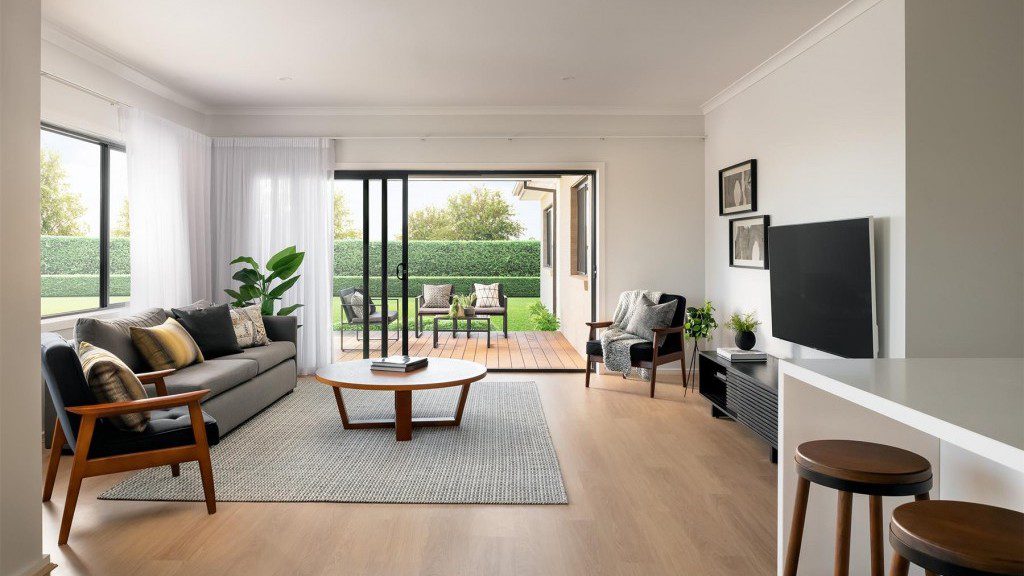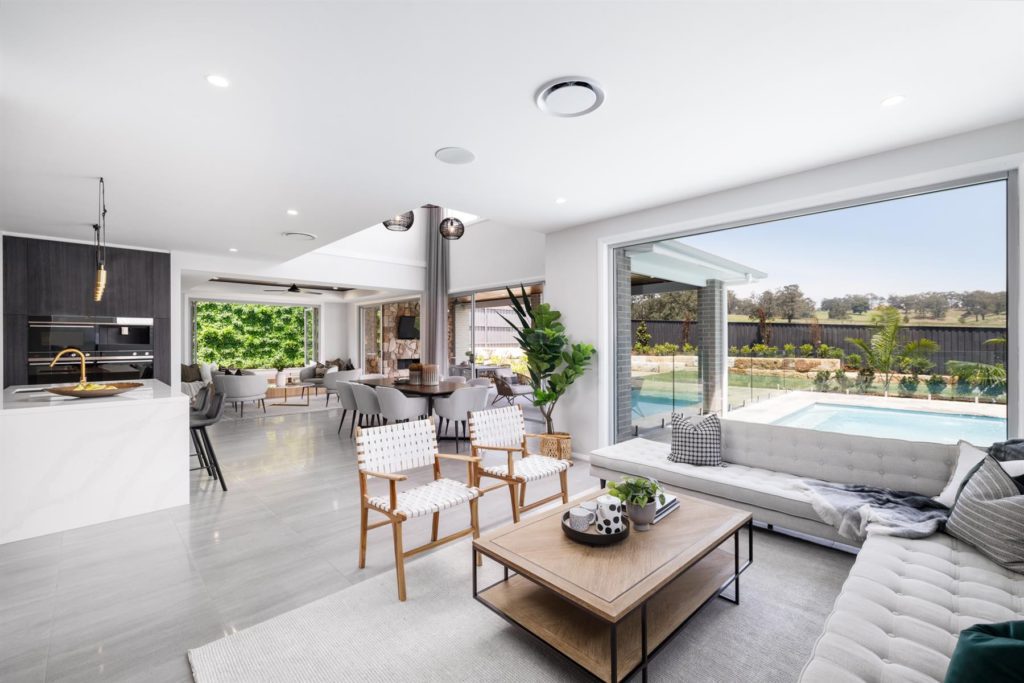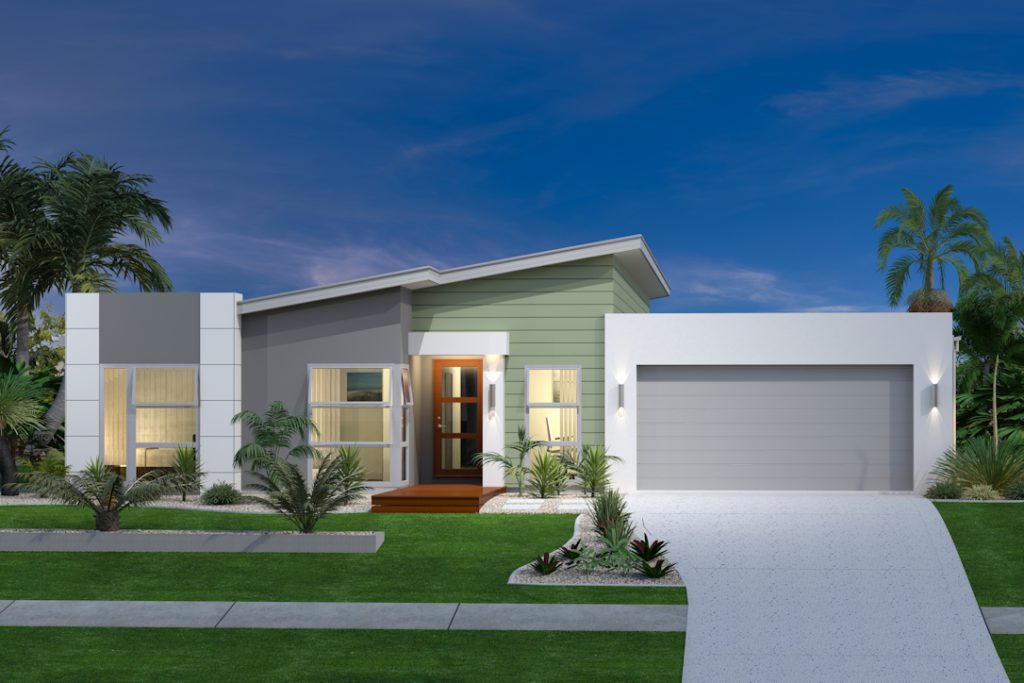
What are downsizer contributions?
Downsizer contributions are voluntary superannuation contributions that have been targeted towards older Australians looking to downsize from their long-term family home.
They can help you significantly increase the account balance of your superannuation account, as they provide the opportunity for tax-free payments that can total up to $300k per person.
Why were they introduced?
Australia’s downsizer contributions to super accounts were introduced as part of the 2017-18 budget in an effort to relieve some of the pressure on housing affordability. It aimed to free up housing availability through encouraging older homeowners to downsize, moving into houses more suited to their needs once kids have moved out.
Eligibility for downsizer contributions
So, are you eligible? Here are the conditions that you must meet in order to make a downsizer contribution:
- You are 65 years or older at the time you decide to make a contribution to your super fund
- The total amount you are contributing originates from the sale of your home and does not exceed the total sale price of the home,
- Your home was owned by your or your spouse for 10 years or more
- Your home is not a caravan, houseboat or other form of dwelling
- The money you have received from the sale of the home is exempt from Capital Gains Tax, or would apply for exemption but was acquired before 20th of September 1985
- You have filled out the relevant downsizer contribution form and supplied that to your super fund
- You have not made a downsizer contribution before
- You make your contribution within 90 days of receiving the sale proceeds.
If you meet all these conditions, then you are eligible to make a downsizer contribution to your superannuation account.
The benefits of downsizer contributions
There are a number of reasons that make downsizer contributions an exciting opportunity for older Australians. It varies a great deal from other voluntary superannuation contributions, a lot of which have restrictive measures placed on them:
- No work test or age limits apply in this case. Normally voluntary contributions are not allowed at all for people aged over 75, and those aged between 67 and 74 have to pass the ‘work test’ (where you have worked a minimum of 40 hours over a 30-day period).
- Annual caps on concessional and non-concessional contributions are usually capped at $25k and $100k. They are capped at $300k in this case.
- The normal limit on after-tax contributions to superannuation accounts with a total balance of $1.6m total does not apply. However, it does contribute towards your Transfer Balance Cap (TBC).
- There is no requirement for you to buy another home. You are under no actual obligation to move into a smaller house or any other specific living situation for that matter.
- You don’t have to have lived in the house for the entire 10 years, but it must qualify as a ‘main residence’ under Capital Gains Tax rules.
- Both spouses (even if only one is on the property title) can make $300k contributions, totalling $600k. However, the total contribution cannot surpass the total sale price of the home.
Extra things to consider before making a downsizer contribution
You may want to take the time to consider the following before committing to making a contribution of this type:
- A downsizer contribution can affect your eligibility for the age pension.
- Time limit extensions only apply to circumstances out of your control, so don’t delay if you’re interested!
Everybody’s financial circumstances are different, and this advice is so we recommend you consult with an expert before you decide on making a contribution such as this.


